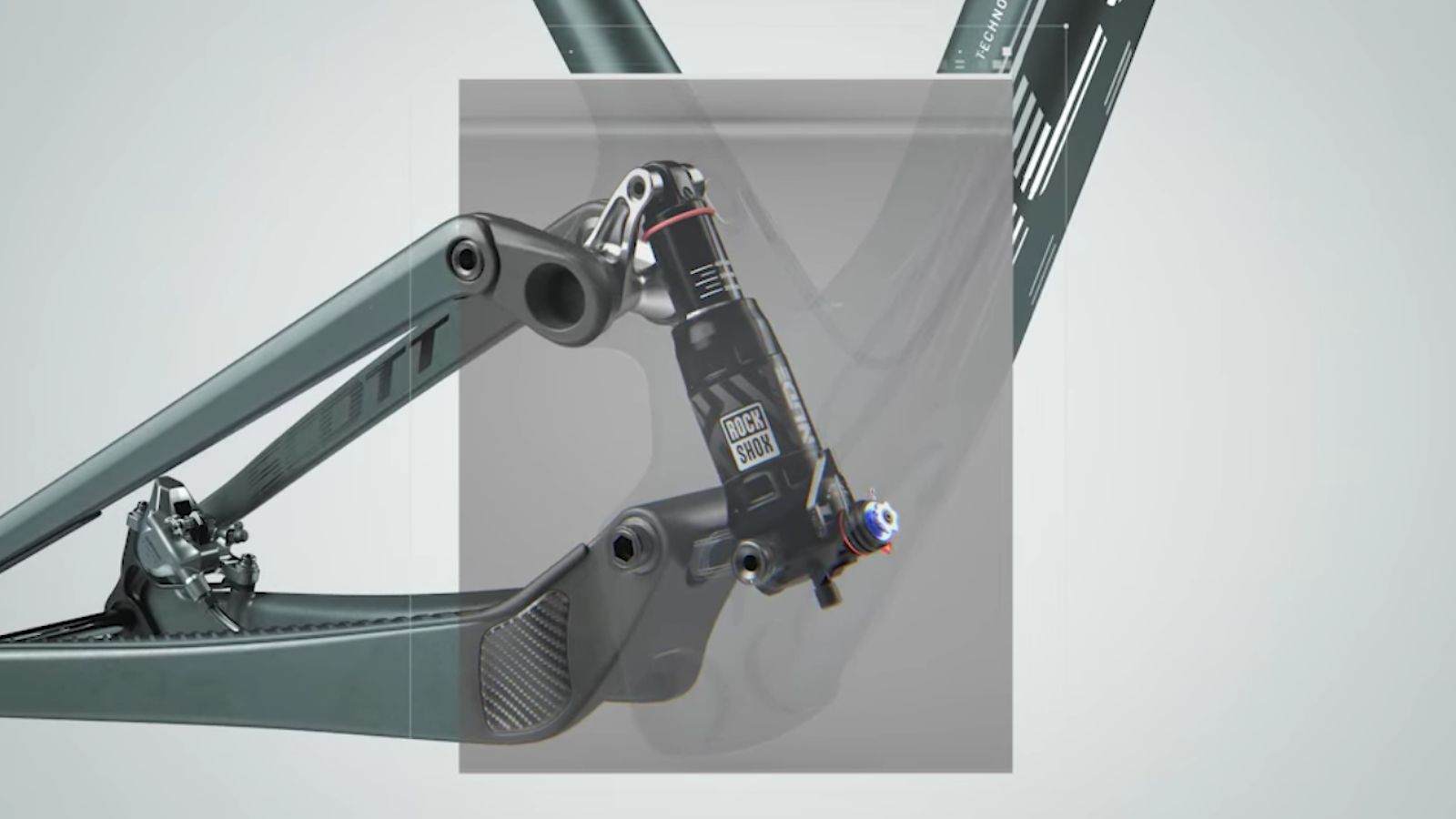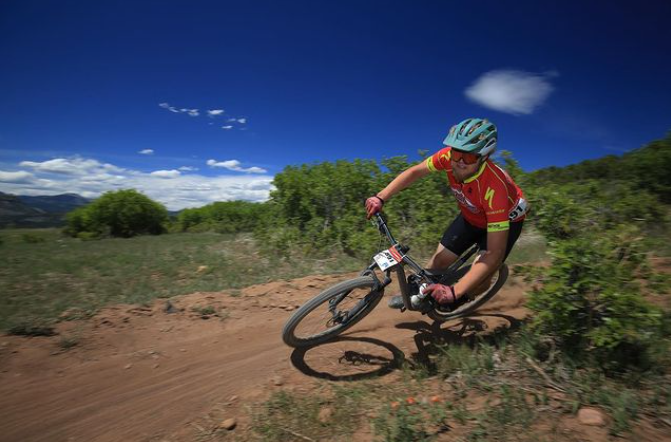Scott releases new Spark RC cross-country bike with integrated suspension design
New design sports 120mm of travel front and rear

Scott has released a new version of the Spark RC, an Olympic and World Cup-winning cross-country race bike. The most obvious change to the race platform is a suspension design that's been integrated into the frame.
In recent days, Scott athletes Nino Schurter and Kate Courtney teased the new bike on social media, so we thought there might be something new coming. The new XC bike comes just in time for the Olympic Games mountain bike race this summer.
According to Scott, the new suspension layout has "a very specific and proven kinematic and less unsprung mass." To do this, a flex pivot is used in the seat stay, creating a lightweight and optimal suspension design.
Suspension layouts need to be efficient, especially in cross-country racing. One of the primary purposes of Spark's integrated suspension design is to eliminate lateral movement and increase power transfer.
Placing the shock inside the frame is beneficial in a few ways. The frame construction around the shock can be more rigid, plus larger bearings can be used in the seat tube pivot, which both reinforces the area and adds stiffness.
The shock is also placed lower on the frame, giving it a better center of gravity and leading to more stable bike handling. The hid-away shock is protected from the elements, adding to performance and increasing lifespan.
If the new frame looks familiar, that's because it has been used by a small brand called Bold Cycles that is based in Switzerland just like Scott. In 2019, Scott bought a majority stake in Bold, so it would make sense now why they did. Scott doesn't mention this in the marketing materials for the Spark RC other than saying that the suspension layout "is based on our patented integrated suspension technology."

With the shock hidden away, how do you access it for tuning and maintenance? Well, there is a hatch in the bottom bracket area that can be removed to adjust compression, rebound, air pressure, and installing the TwinLoc Suspension System.
Scott's TwinLoc system allows the rider to switch between three different suspension lockout settings from a bar-mounted remote that's connected to both the fork and shock.
There is also a port on the side of the seat tube that allows you to see the shock and its O-ring, which is ideal for setting sag. The shock bolts are accessible from the outside of the frame as well.
The front end uses a Syncros Fraser IC integrated headset to manage cable routing and create a clean look.

The bike features 120mm of suspension travel both front and rear, a departure from the 100mm that's found on most XC race bikes. Scott says the travel increase is a result of the increasingly technical nature of World Cup XC courses, so they made that a priority when designing the bike. The frame is still light enough for Nino though, weighing in at a claimed 1,870g.
The bike features a 67.2-degree head tube angle, which is adjustable by 0.6-degrees, either steeper or slacker. The bottom bracket height is 330mm with a 1,190mm wheelbase on a size large. Chainstays are 437.5mm and are the same for all sizes, and the reach on a size large is 471mm.
There are a few different build models, starting with the Spark RC Comp which costs $3,999.99 features a FOX 32 Float Rhythm fork and FOX Float Custom shock in addition to a SRAM NX Eagle 12-speed drivetrain. For braking, the build switches to Shimano Deore and Syncros parts are used throughout.
At the very top end of the range is the RC SL EVO AXS model, which costs $12,999.99. This one features a FOX 34 SC Float Factory fork, FOX Nude 5 Factory EVOL shock, and a SRAM XX1 Eagle AXS drivetrain, including a Quarq power meter.
The Comp model does not feature a dropper post, but the more expensive models do, including the World Cup editions.
Ryan Simonovich has been riding and racing for nearly a decade. He got his start as a cross-country mountain bike racer in California, where he cultivated his love for riding all types of bikes. Ryan eventually gravitated toward enduro and downhill racing but has also been found in the occasional road and cyclo-cross events. Today, he regularly rides the trails of Durango, Colorado, and is aiming to make a career out of chronicling the sport of cycling.
Rides: Santa Cruz Hightower, Specialized Tarmac SL4

